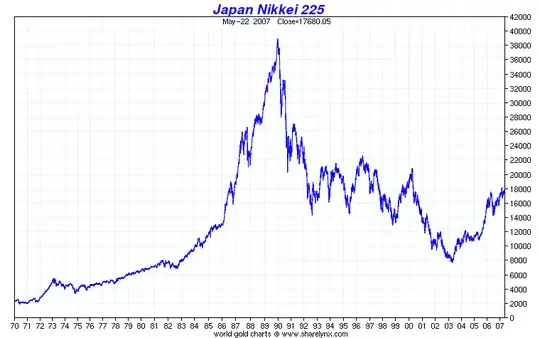It's risky to buy UPPRO because the market is not always going to be a bull market and will from time to time go down or sideways. Leveraged ETFs will then lose value relative to the index, as pointed out in the other answers.
A better method is to short the inverse leveraged ETF and extract a profit out of the leveraged ETF losing value. A problem with this approach is then that a short position will usually incur fees while buying the ETF is free of charge. Shorting an inverse leveraged ETF for a more volatile index such as the NASDAQ is then more likely to work well on the long term.
If you compare shorting SQQQ with buying TQQQ, then what you see is that you get a larger profit when the index does not perform well. You can then get a profit even when the index decreases. But the price paid for this advantage is then that you'll have worse performance if the index rises steadily.
It is, however, possible to improve the results of shorting SQQQ by shorting this with the highest available leverage. If the leverage is L and the spread is u times the value of the SQQQ and we assume that u is kept constant, then the optimal strategy for shorting is to close and reopen the position every time the sell value of SQQQ increases by a factor of 1 - v, where v is given by a series expansion in powers of sqrt(u) as:
v = sqrt[2 u/(L+1)] + (4 L -1)u/[3 (L + 1)] + terms of order u^(3/2) and higher
Note that v is positive so the increase by a factor of 1 - v corresponds to a decrease in the value of SQQQ.
So, there are then two compoundings going on here. One is the daily compounding due to the rebalancing of SQQQ which over time leads to a loss as it's not optimized for maximum gain. We turn that into a profit by shorting it. And we do our own compounding by closing and reopening the short position in a way that's optimized for maximum profit.
